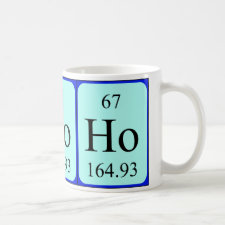
Authors: Zeng HN, Yu X, Wan JF, Cao XJ
Article Title: Synthesis of molecularly imprinted polymers based on boronate affinity for diol-containing macrolide antibiotics with hydrophobicity-balanced and pH-responsive cavities.
Publication date: 2021
Journal: Journal of Chromatography A
Volume: 1642
Article Number: 461969.
DOI: 10.1016/j.chroma.2021.461969
Alternative URL: https://www.sciencedirect.com/science/article/pii/S0021967321000935
Abstract: In this research, in order to separate and purify diol-containing macrolide antibiotics, like tylosin, from complex biological samples, molecularly imprinted polymer (MIP) based on boronate affinity for tylosin was synthesized by using precipitation polymerization method with 4-vinylphenylboronic acid (VPBA) and dimethyl aminoethyl methacrylate (DMAEMA) as pH-responsive functional monomers, and N,N'-methylene bisacrylamide (MBAA)/ ethylene glycol dimethacrylate (EGDMA) as the co-crosslinkers that balance the hydrophobicity of the MIP. The synthesized tylosin-MIP had the advantages of high adsorption capacity (120 mg/g), fast pH-responsiveness responsible for the accessibility of imprinted cavities, and high selectivity coefficient towards tylosin versus its analogues (2.8 versus spiramycin, 7.3 versus desmycosin) in an aqueous environment. The mechanism of boronate affinity between tylosin and VPBA in the form of charged hydrogen bonding was analyzed via density functional theory (DFT). MIPs were used to successfully separate diol-containing macrolides through molecularly imprinted solid phase extraction (MISPE). The results show that MIPs prepared in this method have a good application prospect in the separation and purification of the diol-containing macrolide antibiotics
Template and target information: tylosin
Author keywords: boronate affinity, hydrogen bonding, hydrophobic effect, Molecularly imprinted polymers, Molecular simulation, pH responsiveness



Join the Society for Molecular Imprinting

New items RSS feed
Sign-up for e-mail updates:
Choose between receiving an occasional newsletter or more frequent e-mail alerts.
Click here to go to the sign-up page.
Is your name elemental or peptidic? Enter your name and find out by clicking either of the buttons below!
Other products you may like:
 MIPdatabase
MIPdatabase









